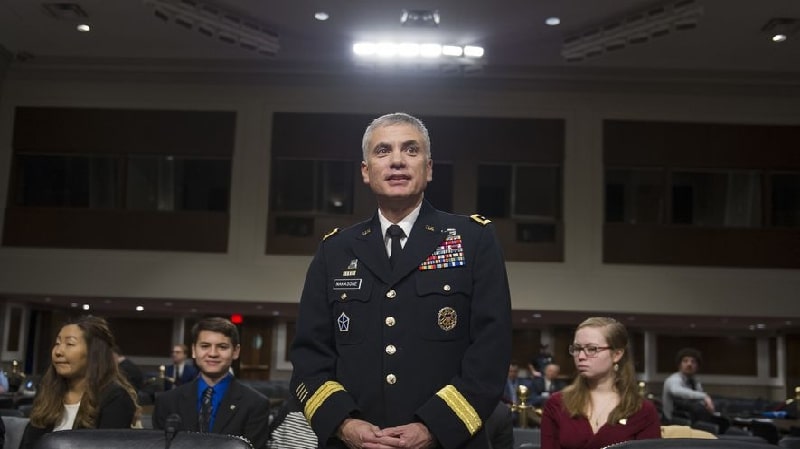
Gen. Paul Nakasone, head of U.S. Cyber Command and the National Security Agency (NSA), discussed how the recent shift in Federal cybersecurity strategies enabled a stronger response to foreign adversaries.
Speaking at the RSA Conference on Wednesday, Nakasone noted that push to improve the Federal response to attacks had seen progress in the last year, thanks to the shift in strategy.
“Think about where our nation was over the past 10 years, even the past five years. We’ve seen adversaries that have been able to come into our networks, steal our intellectual property, conduct attacks in cyberspace, and there has been minimal response. I think what’s changed over the past year is the idea that as a nation, we have to have a more proactive, forward-leaning approach to the defense of our nation in cyberspace,” said Nakasone.
He emphasized the “persistent engagement” approach, but made sure to clarify that persistent engagement does not mean constant cyberattacks against adversaries.
“It’s two parts. It’s the idea that we’re going to enable our partners–the Department of Homeland Security, the Federal Bureau of Investigation, allies, and even private industry…In terms of acting, it’s the idea that we’re going to be outside the United States to make sure that we understand what our adversaries are doing, providing indications to our policymakers and our warfighters, and then if necessary and authorized, we are going to act against those adversaries,” he said.
Nakasone estimated that persistent engagement is two-thirds engagement, and one-third action.
In his speech, he also noted that influence operations are one of the most concerning areas in his view, and while they may be the new normal, the United States must work with the private sector to try and shut them down.
